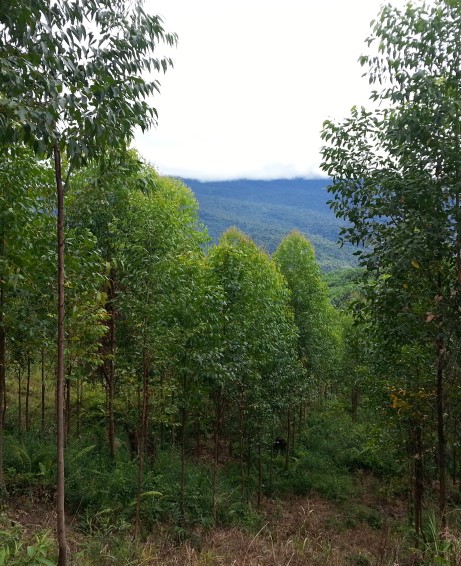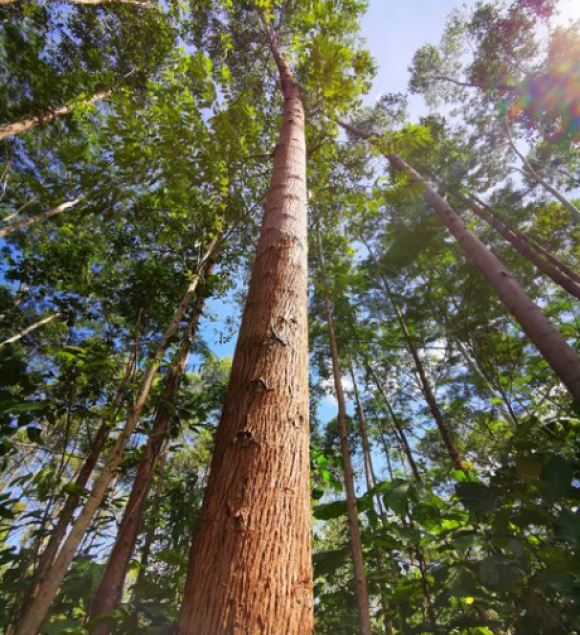
ITPs established in areas converted from natural forests after 31 December 2010 are usually not eligible for certification.
Segan LPF/0014 was first certified in July 2014, the eligible part of Lana LPF/0006 was certified in May 2017 and that of Marudi LPF/0008 in January 2019. Kuala Baram LPF/0004 was certified in December 2022 and Paong LPF/0021 was certified in March 2024.
There is a public summary for each of the forest plantation management plans for the MTCS certified industrial tree plantations (ITP) held under licence by the Samling Timber Malaysia.
The public summary for Samling ITPs certified under the PEFC endorsed MTCS may be viewed by clicking the relevant link below:
